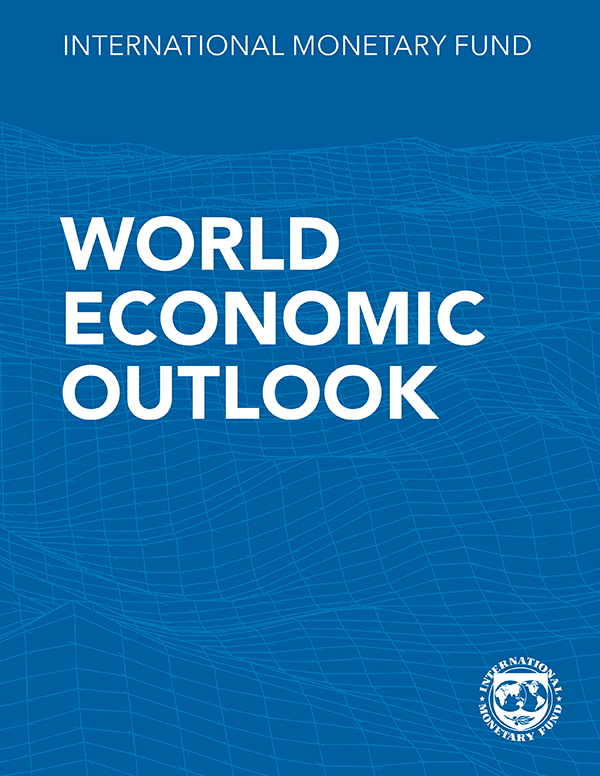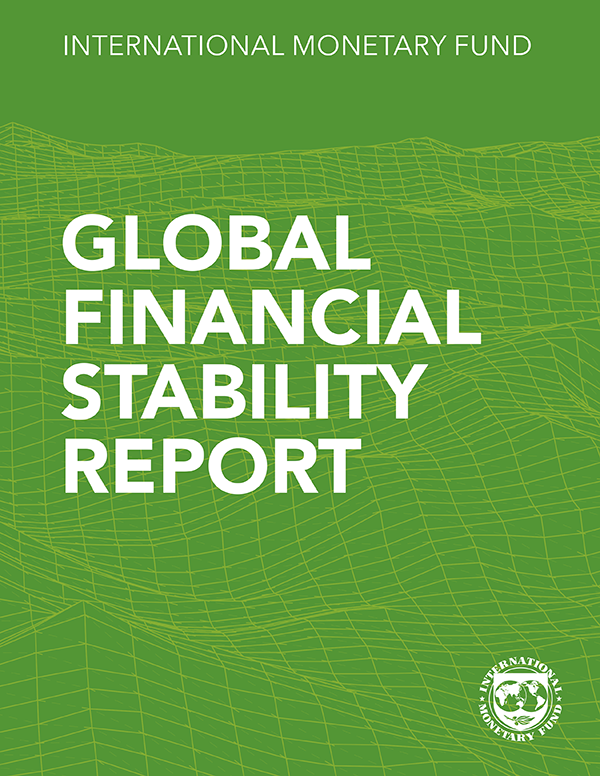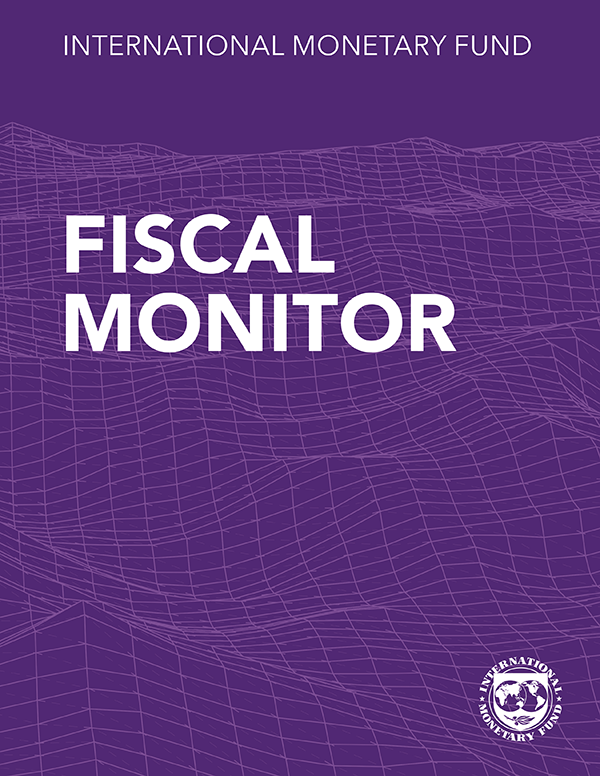Rising Caseloads, A Disrupted Recovery, and Higher Inflation
The global economy enters 2022 in a weaker position than previously expected. As the new Omicron COVID-19 variant spreads, countries have reimposed mobility restrictions. Rising energy prices and supply disruptions have resulted in higher and more broad-based inflation than anticipated, notably in the United States and many emerging market and developing economies. The ongoing retrenchment of China’s real estate sector and slower-than-expected recovery of private consumption also have limited growth prospects.
Global growth is expected to moderate from 5.9 in 2021 to 4.4 percent in 2022—half a percentage point lower for 2022 than in the October World Economic Outlook (WEO), largely reflecting forecast markdowns in the two largest economies. A revised assumption removing the Build Back Better fiscal policy package from the baseline, earlier withdrawal of monetary accommodation, and continued supply shortages produced a downward 1.2 percentage-points revision for the United States. In China, pandemic-induced disruptions related to the zero-tolerance COVID-19 policy and protracted financial stress among property developers have induced a 0.8 percentage-point downgrade. Global growth is expected to slow to 3.8 percent in 2023. Although this is 0.2 percentage point higher than in the previous forecast, the upgrade largely reflects a mechanical pickup after current drags on growth dissipate in the second half of 2022. The forecast is conditional on adverse health outcomes declining to low levels in most countries by end-2022, assuming vaccination rates improve worldwide and therapies become more effective.
Elevated inflation is expected to persist for longer than envisioned in the October WEO, with ongoing supply chain disruptions and high energy prices continuing in 2022. Assuming inflation expectations stay well anchored, inflation should gradually decrease as supply-demand imbalances wane in 2022 and monetary policy in major economies responds.
Risks to the global baseline are tilted to the downside. The emergence of new COVID-19 variants could prolong the pandemic and induce renewed economic disruptions. Moreover, supply chain disruptions, energy price volatility, and localized wage pressures mean uncertainty around inflation and policy paths is high. As advanced economies lift policy rates, risks to financial stability and emerging market and developing economies’ capital flows, currencies, and fiscal positions—especially with debt levels having increased significantly in the past two years—may emerge. Other global risks may crystallize as geopolitical tensions remain high, and the ongoing climate emergency means that the probability of major natural disasters remains elevated.
With the pandemic continuing to maintain its grip, the emphasis on an effective global health strategy is more salient than ever. Worldwide access to vaccines, tests, and treatments is essential to reduce the risk of further dangerous COVID-19 variants. This requires increased production of supplies, as well as better in-country delivery systems and fairer international distribution. Monetary policy in many countries will need to continue on a tightening path to curb inflation pressures, while fiscal policy—operating with more limited space than earlier in the pandemic—will need to prioritize health and social spending while focusing support on the worst affected. In this context, international cooperation will be essential to preserve access to liquidity and expedite orderly debt restructurings where needed. Investing in climate policies remains imperative to reduce the risk of catastrophic climate change.
Publications

December 2025
Finance & Development
- More Data, Now What?

Annual Report 2025
- Getting to Growth in an Age of Uncertainty

Regional Economic Outlooks
- Latest Issues










